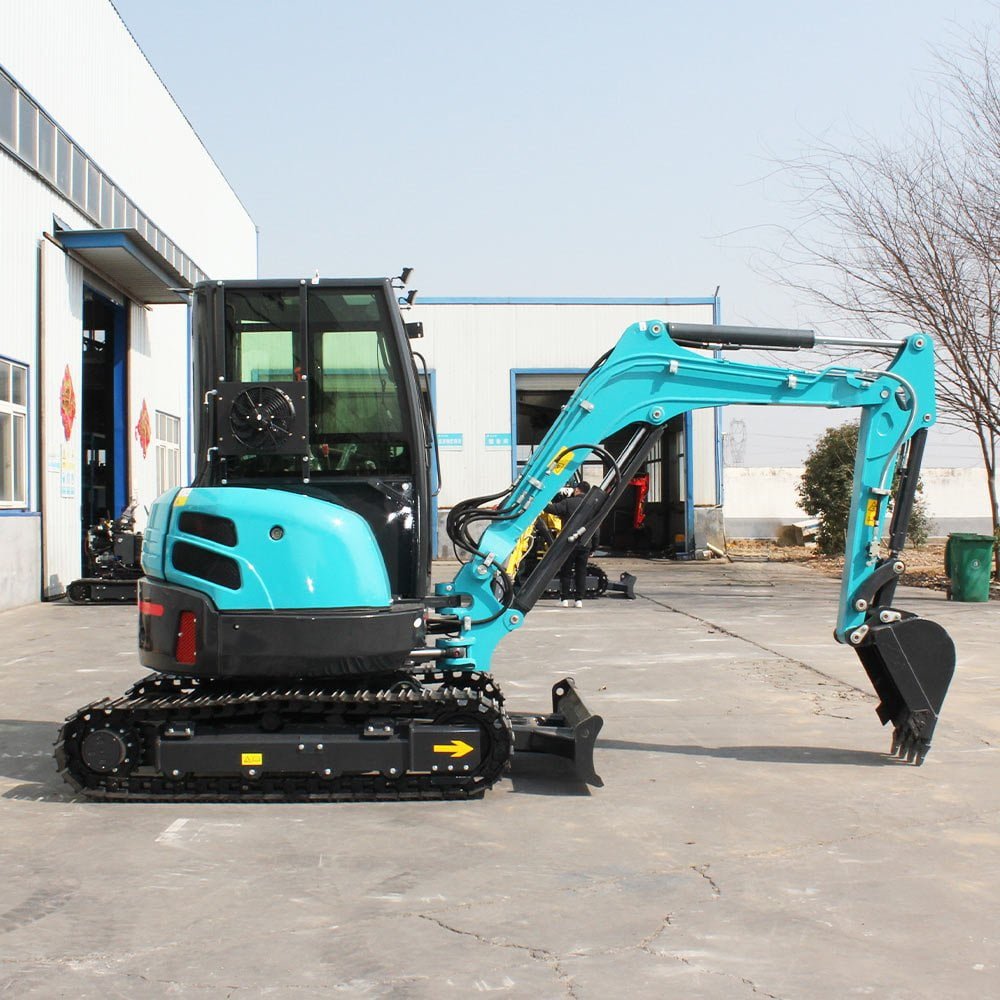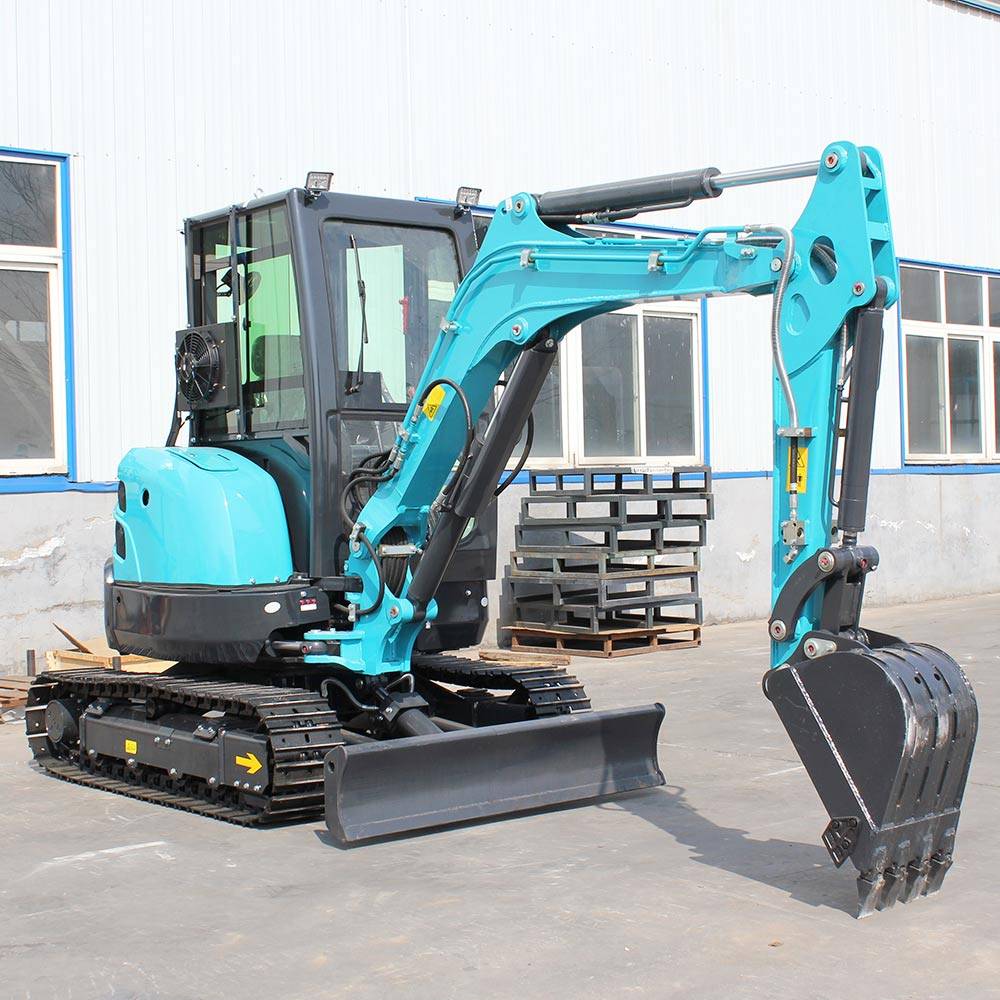E-mail: alamat email qilumachinery.com WhatsApp: 8618266768780
Keselamatan Ekskavator Backhoe: Bahaya Umum dan Pencegahannya
Perkenalan
Excavator backhoes are powerful machines that play a crucial role in construction and excavation projects. However, their immense capabilities also come with inherent risks and hazards. It’s essential for operators and construction professionals to be aware of these risks and take preventive measures to ensure a safe working environment. In this comprehensive guide, we will explore the common hazards associated with excavator backhoe operations and provide practical tips on how to prevent accidents and ensure safety on the job site.
H1: Understanding Ekskavator Backhoe

H2: 1. What Are Excavator Backhoes?
Excavator backhoes, often referred to as backhoes, are versatile construction machines that combine the functions of an excavator and a loader. They are used for digging, trenching, loading, and material handling tasks.
H2: 2. Key Components
These machines consist of several key components, including the tractor unit, hydraulic systems, backhoe arm, loader arm, and various attachments. Understanding these components is essential for safe operation.
H2: 3. Versatility and Applications
Excavator backhoes are known for their versatility. They are commonly used in construction, landscaping, utilities, and various other industries for a wide range of tasks.
H1: Common Hazards Associated with Excavator Backhoes
H2: 1. Tipping Over
Excavator backhoes are prone to tipping over, especially when working on uneven or sloped terrain. This can result in severe accidents and injuries.
H2: 2. Striking Underground Utilities
Accidentally striking underground utilities such as gas or water lines can lead to hazardous situations, including gas leaks and water main ruptures.
H2: 3. Cave-Ins and Trench Collapses
When digging trenches, there is a risk of cave-ins and trench collapses, which can bury operators and workers under tons of soil and debris.
H2: 4. Contact with Overhead Obstacles
Excavator backhoes can come into contact with overhead obstacles like power lines, leading to electrocution hazards.
H2: 5. Equipment Malfunctions
Malfunctions in the machine’s hydraulic systems or other components can result in accidents or loss of control.
H2: 6. Inadequate Training
Operators who are not properly trained in excavator backhoe operation may lack the skills needed to avoid accidents.
H1: Preventive Measures for Ekskavator Backhoe Keamanan
H2: 1. Operator Training
Thorough training is the foundation of excavator backhoe safety. Operators should be trained in the machine’s operation, safety protocols, and emergency procedures.
H2: 2. Site Inspection
Before starting work, conduct a thorough site inspection to identify potential hazards such as unstable terrain, underground utilities, and overhead obstacles.
H2: 3. Use of Safety Gear
Operators and workers should wear appropriate personal protective equipment (PPE), including hard hats, safety vests, gloves, and steel-toed boots.
H2: 4. Machine Inspection
Perform daily machine inspections to check for any defects, malfunctions, or loose components. Address any issues promptly before operating the backhoe.
H2: 5. Stability Measures
To prevent tipping over, ensure that the excavator backhoe is operated on stable ground and that the machine is on level terrain.
H2: 6. Underground Utility Locating
Before digging, use utility locating services to identify and mark the locations of underground utilities. Exercise extreme caution when working near marked utilities.
H2: 7. Trench Safety
When digging trenches, follow proper trenching safety guidelines, including shoring, sloping, or using trench boxes to prevent cave-ins.
H2: 8. Clear Communication
Maintain clear and effective communication between operators and ground personnel to avoid accidents due to miscommunication.
H2: 9. Avoid Overloading
Adhere to the machine’s load limits and avoid overloading the backhoe bucket or loader bucket, which can lead to instability.
H2: 10. Emergency Response Plan
Have an emergency response plan in place that includes procedures for addressing accidents, injuries, and equipment malfunctions.
H1: Training and Certification
H2: 1. Operator Certification
Operators should obtain proper certification and licenses to operate excavator backhoes, demonstrating their competence and knowledge of safety procedures.
H2: 2. Ongoing Training
Continual training and re-certification for operators and workers ensure that they stay up-to-date with the latest safety standards and best practices.
H1: Kesimpulan
Penggali alat penggalis are valuable tools in the construction and excavation industry, but their operation involves inherent risks. By understanding the common hazards associated with these machines and implementing preventive measures, operators and construction professionals can significantly reduce the likelihood of accidents and injuries on the job site. Proper training, thorough inspections, and clear communication are vital components of excavator backhoe safety. Remember that safety is a shared responsibility, and a collective commitment to safety practices is essential to creating a secure working environment for everyone involved.
Tentang Kami
Shandong Qilu Industrial Co., Ltd. adalah produsen dan eksportir profesional yang mengintegrasikan pengembangan dan produksi ekskavator, loader, dan traktor. Kami memberikan layanan terbaik, tentu saja.
Tulisan Terbaru
Video demo
-1.png)
Hubungi Kami Hari Ini!
Ada pertanyaan, penawaran, atau permintaan? Klik tombol untuk mengirim pesan.
Qilu Industrial akan selalu siap membantu.

